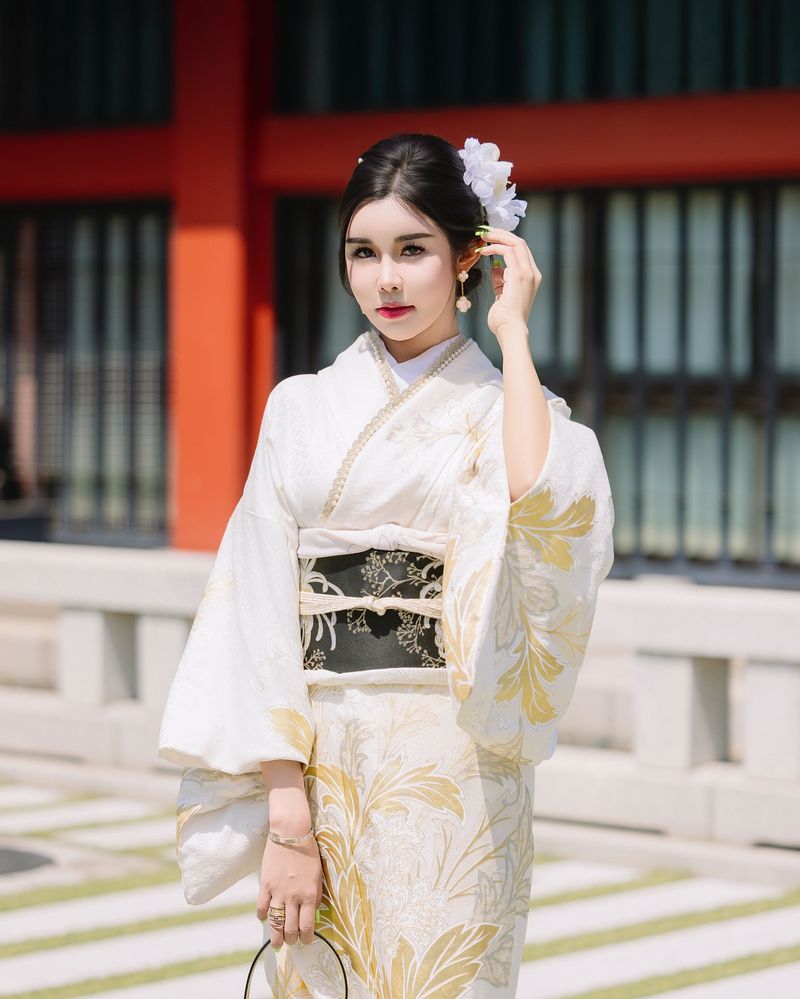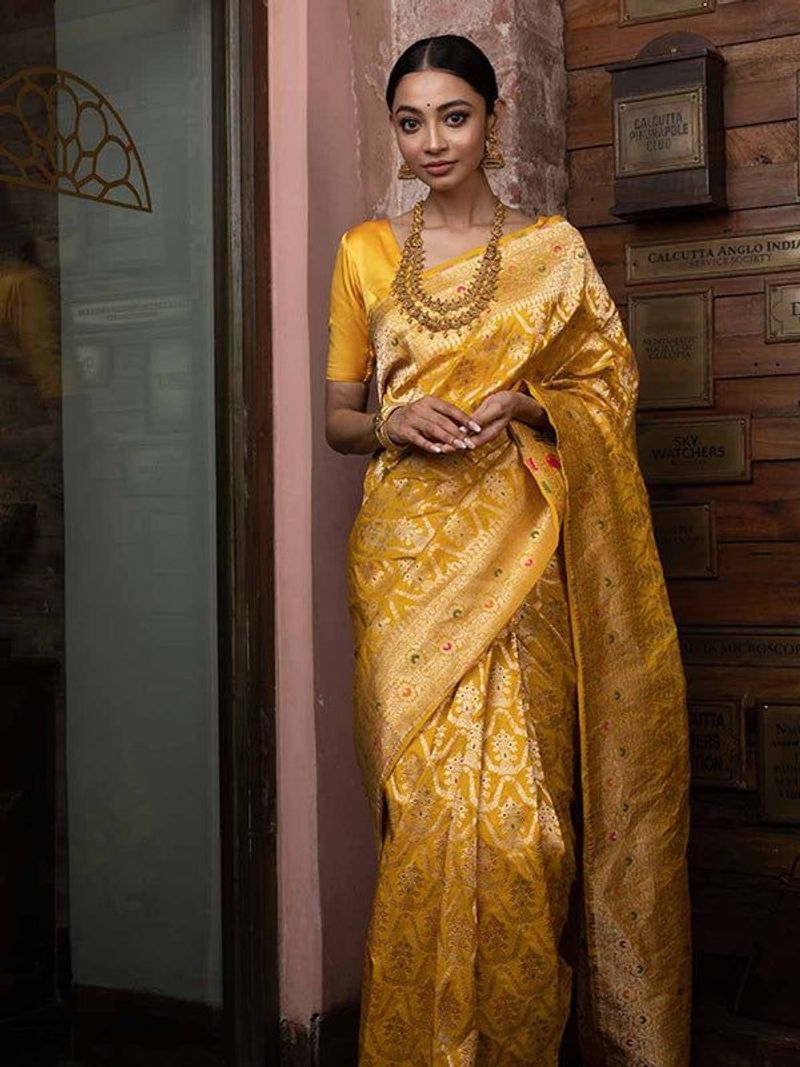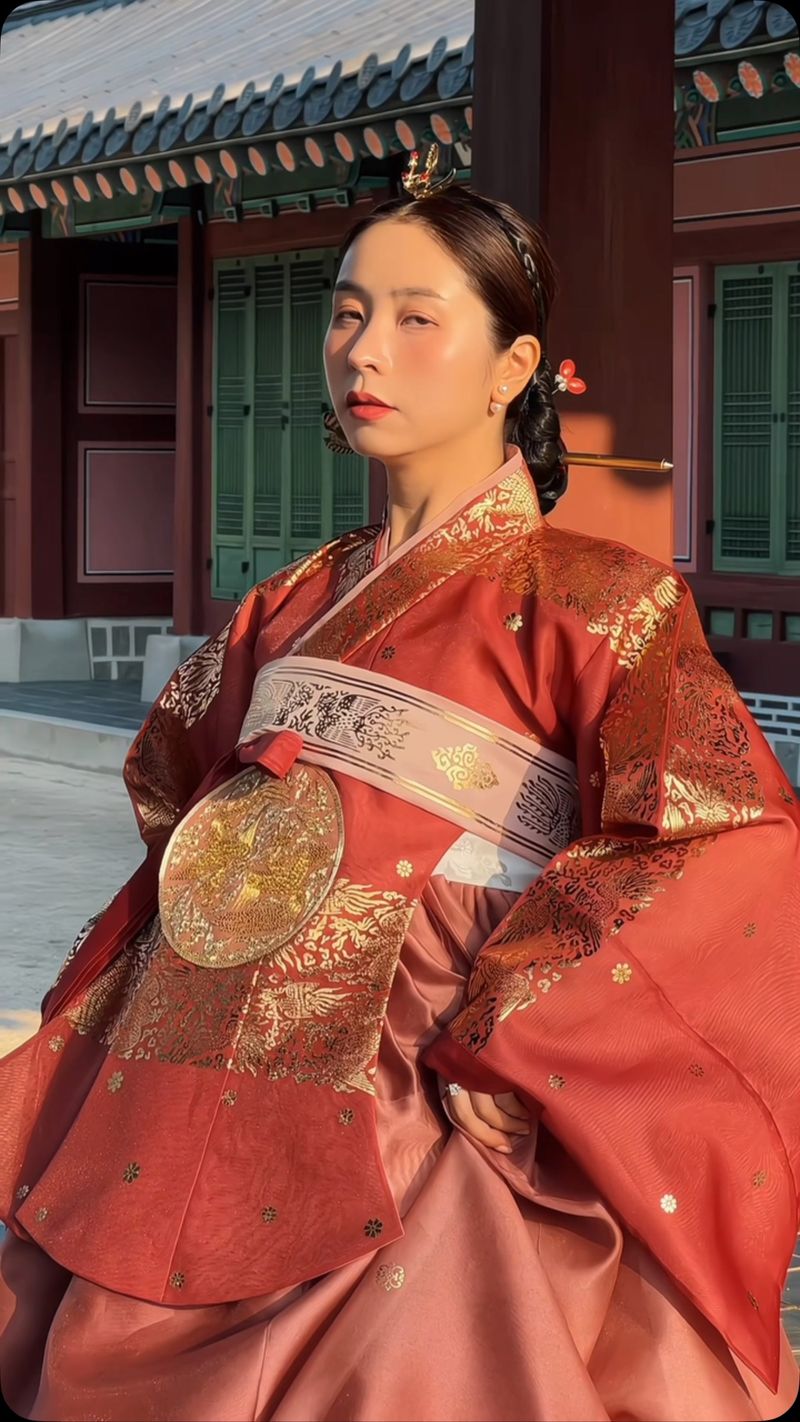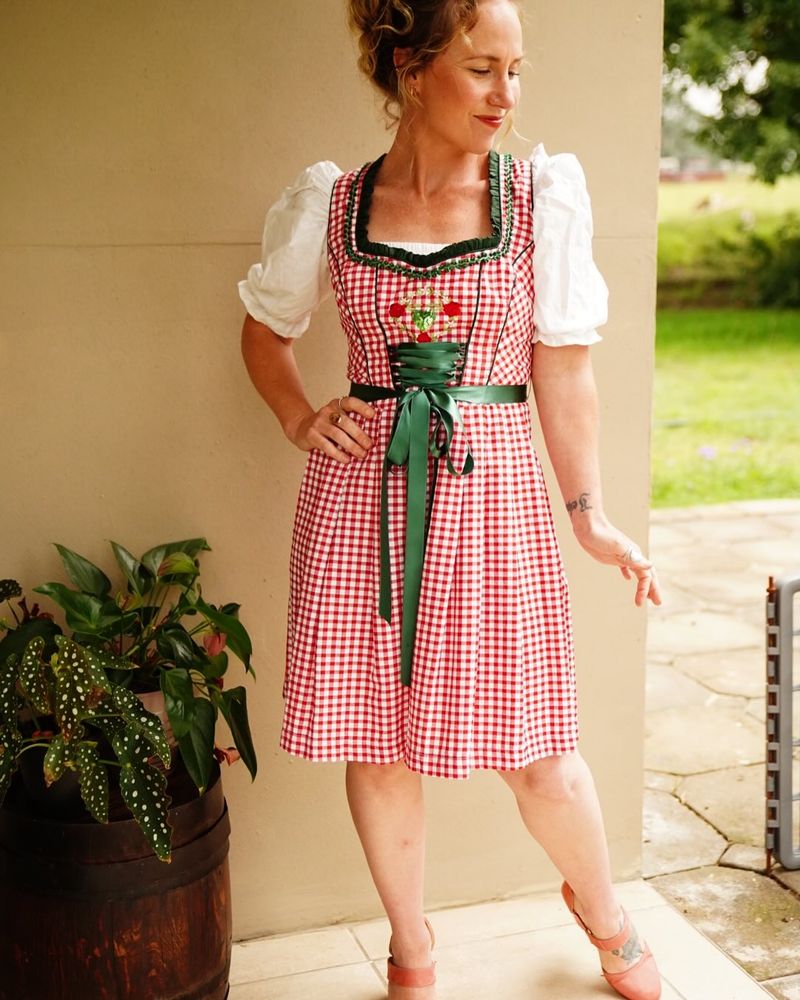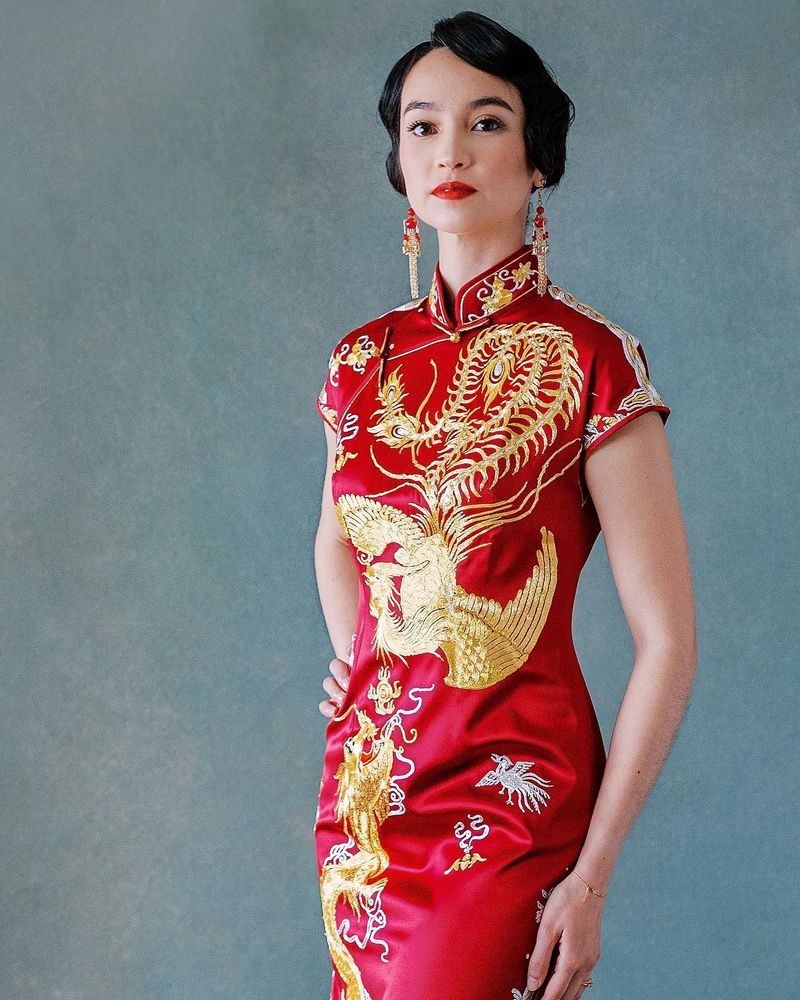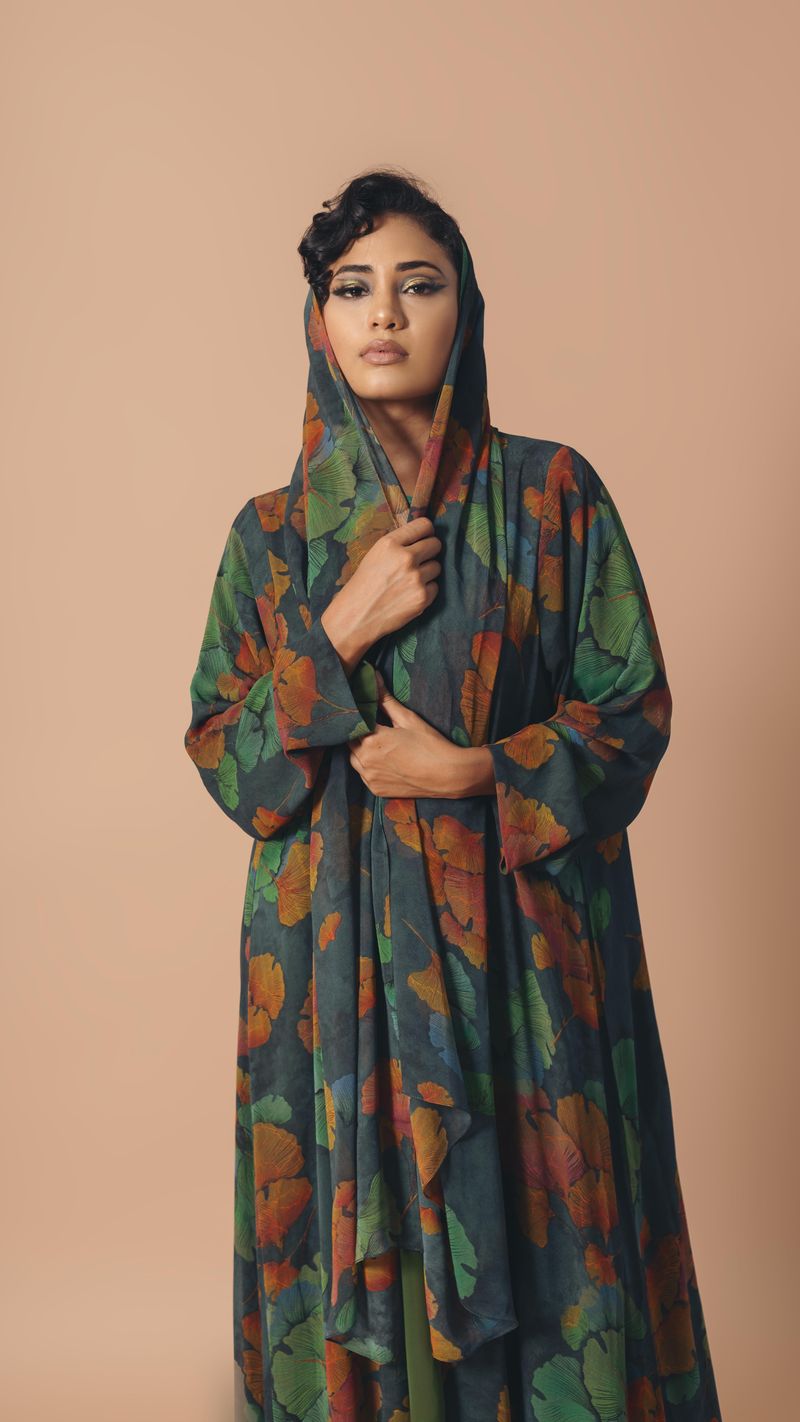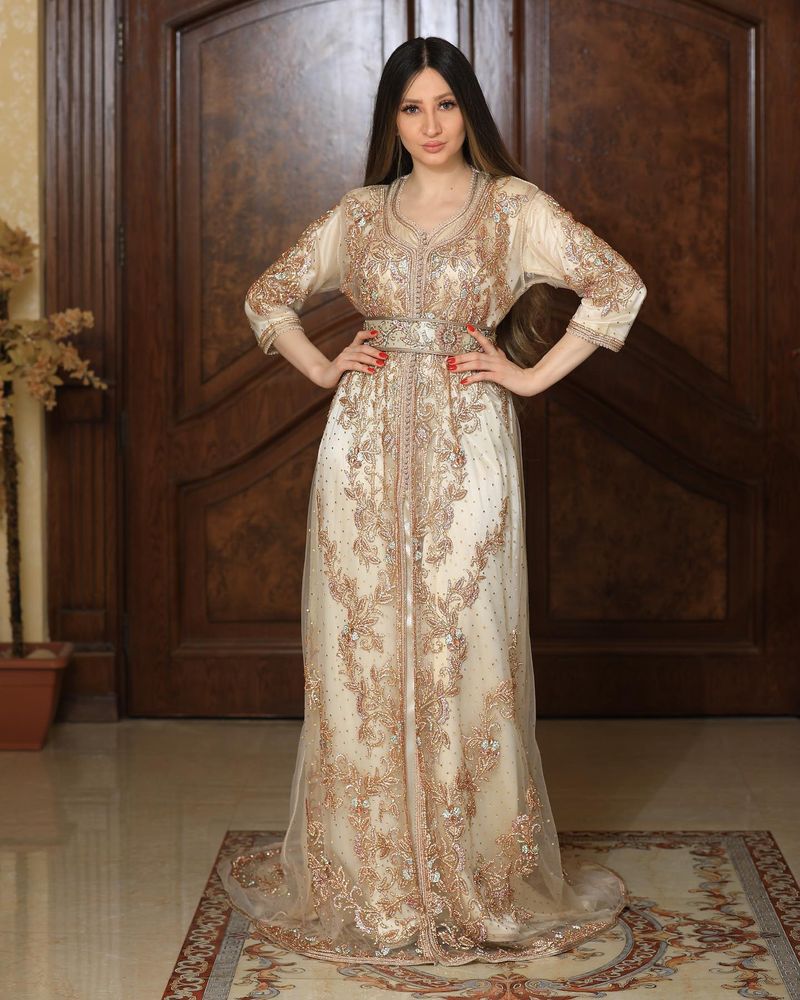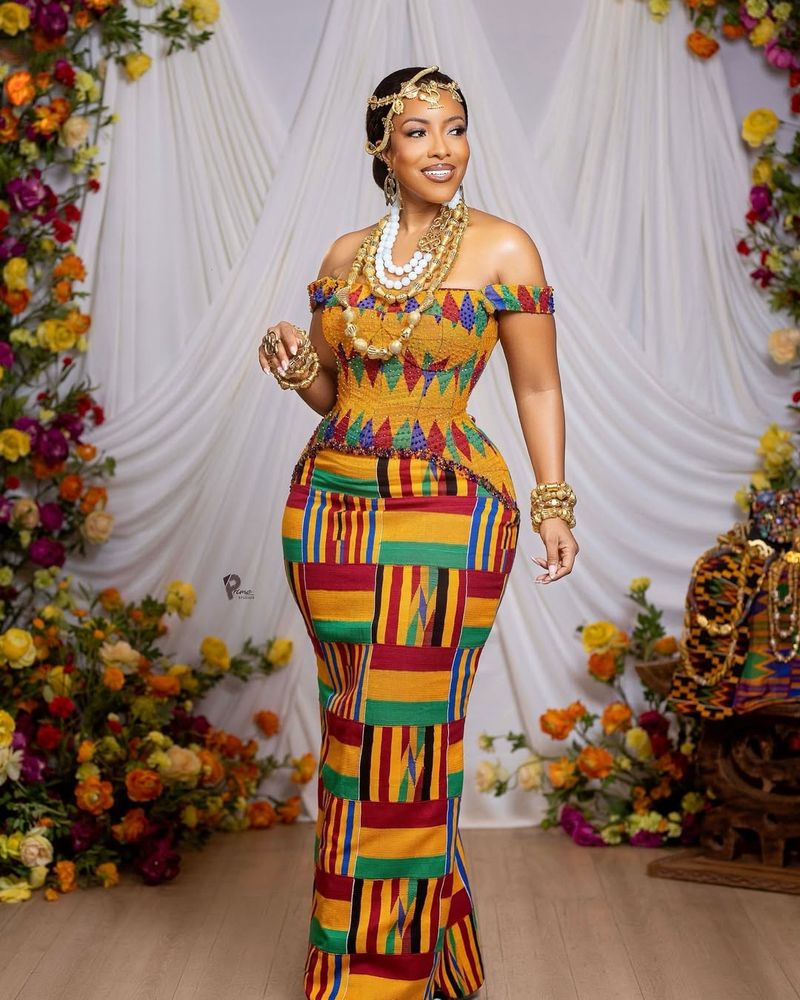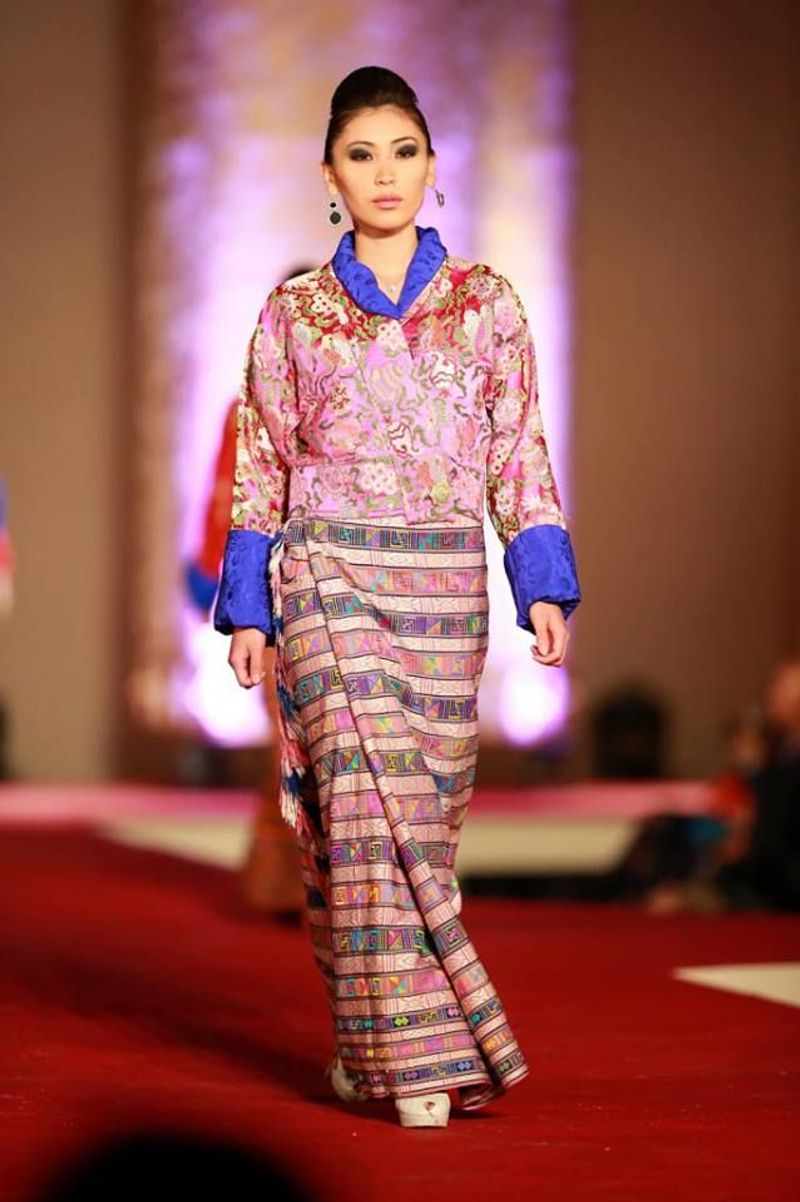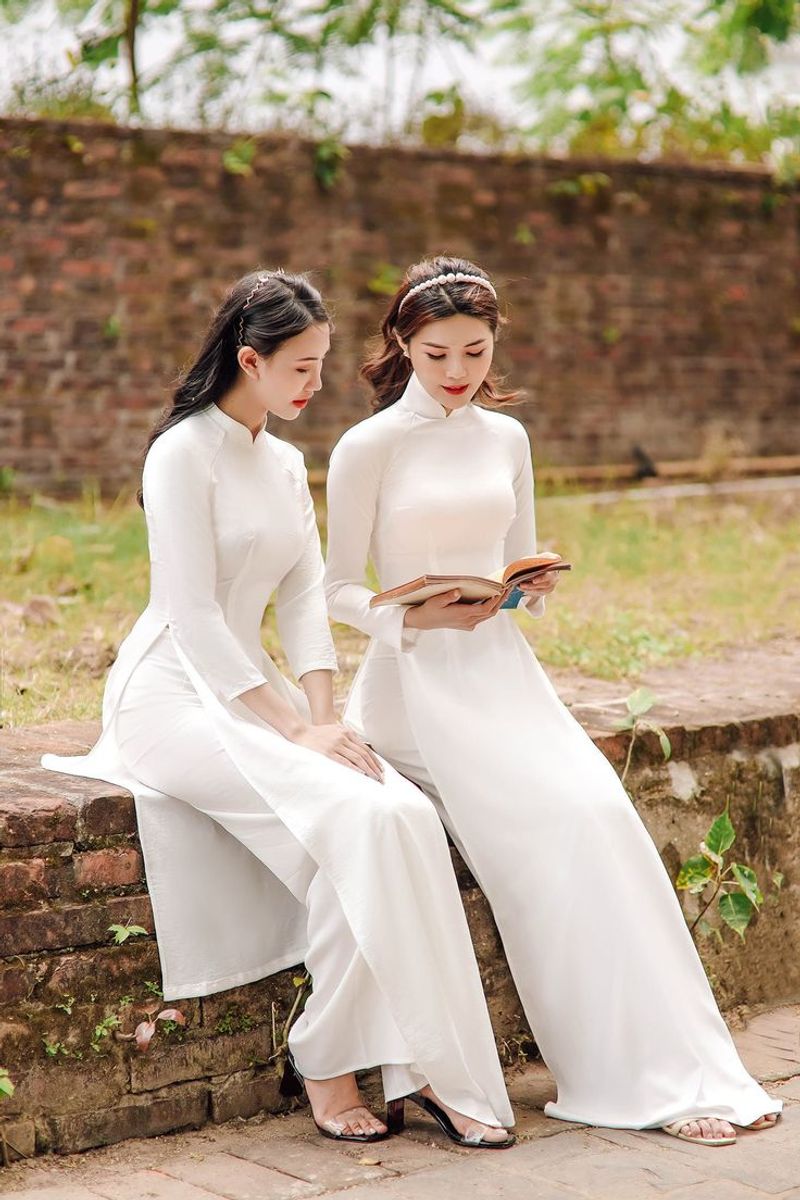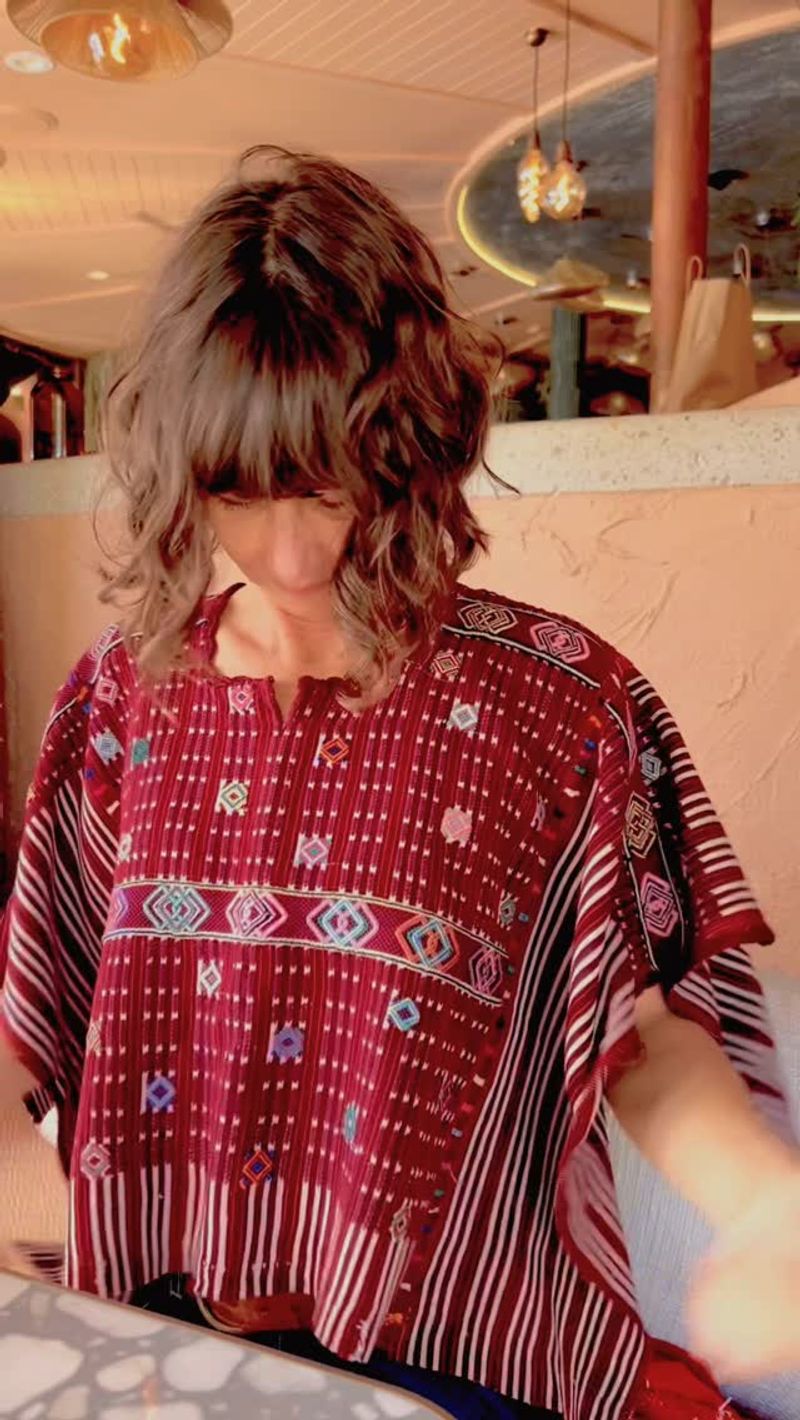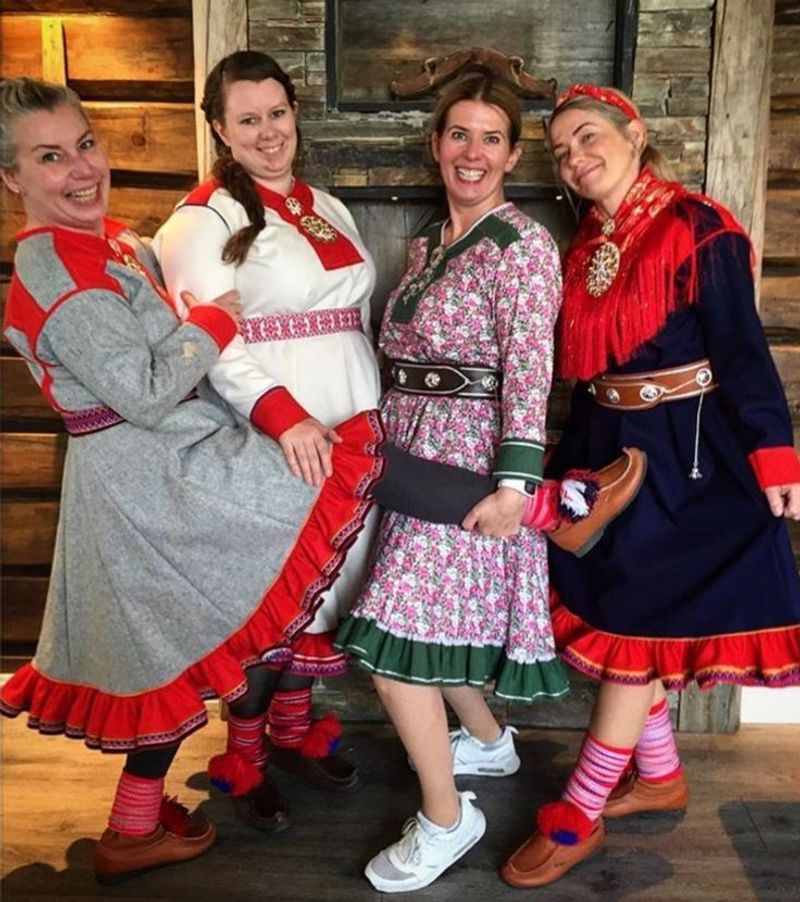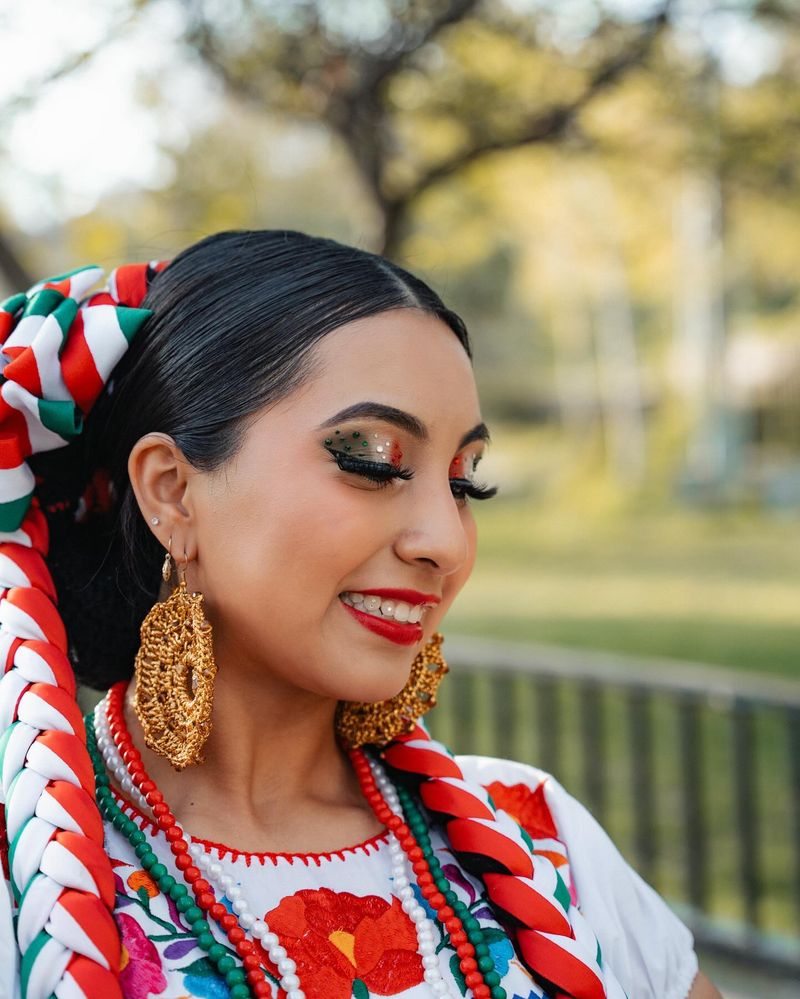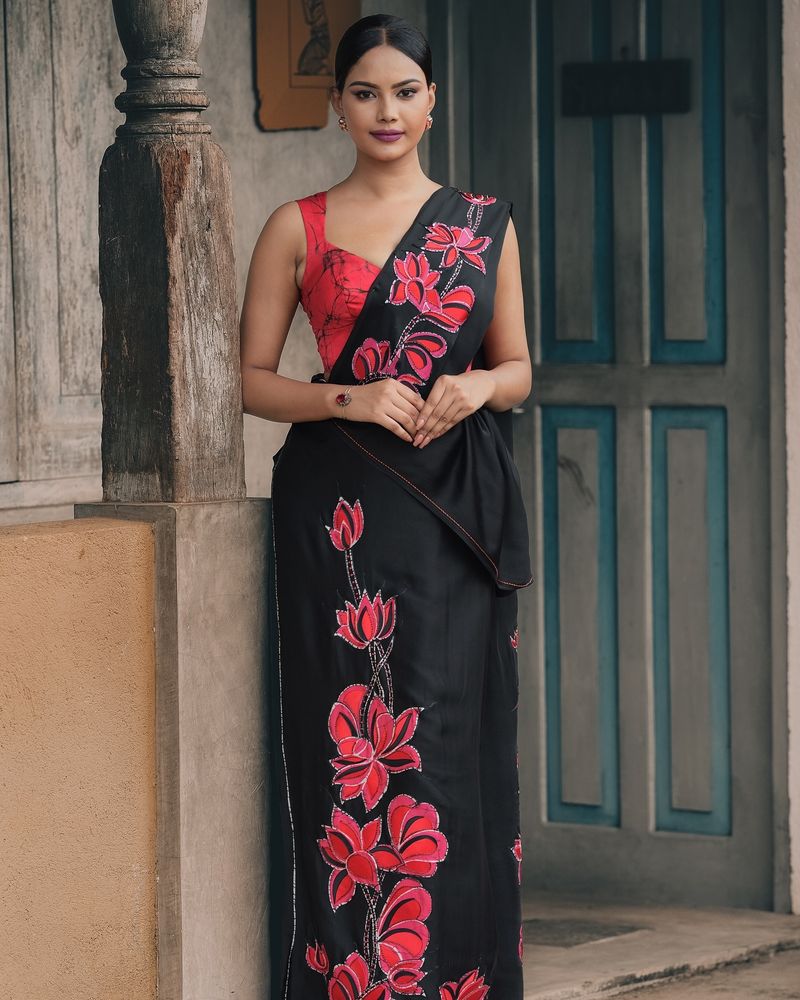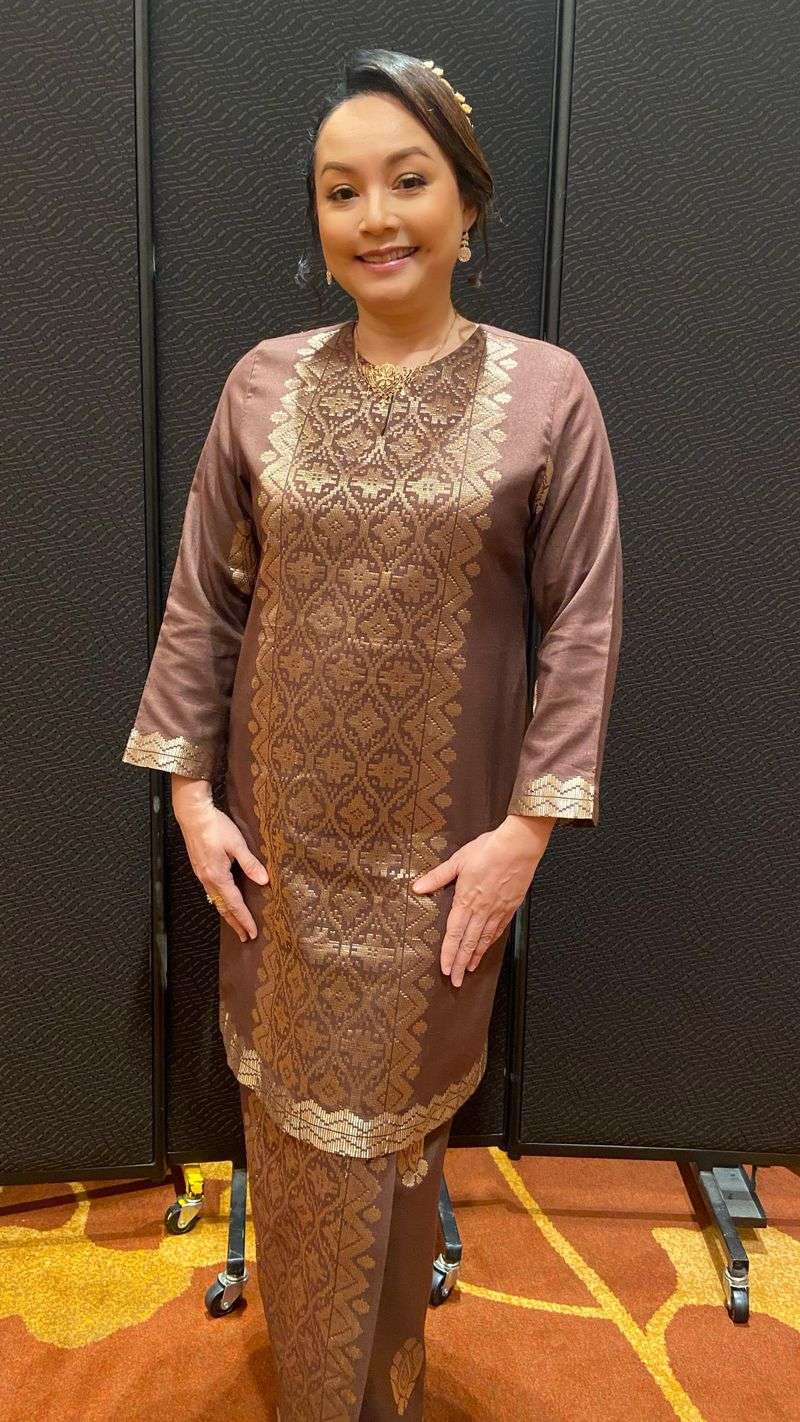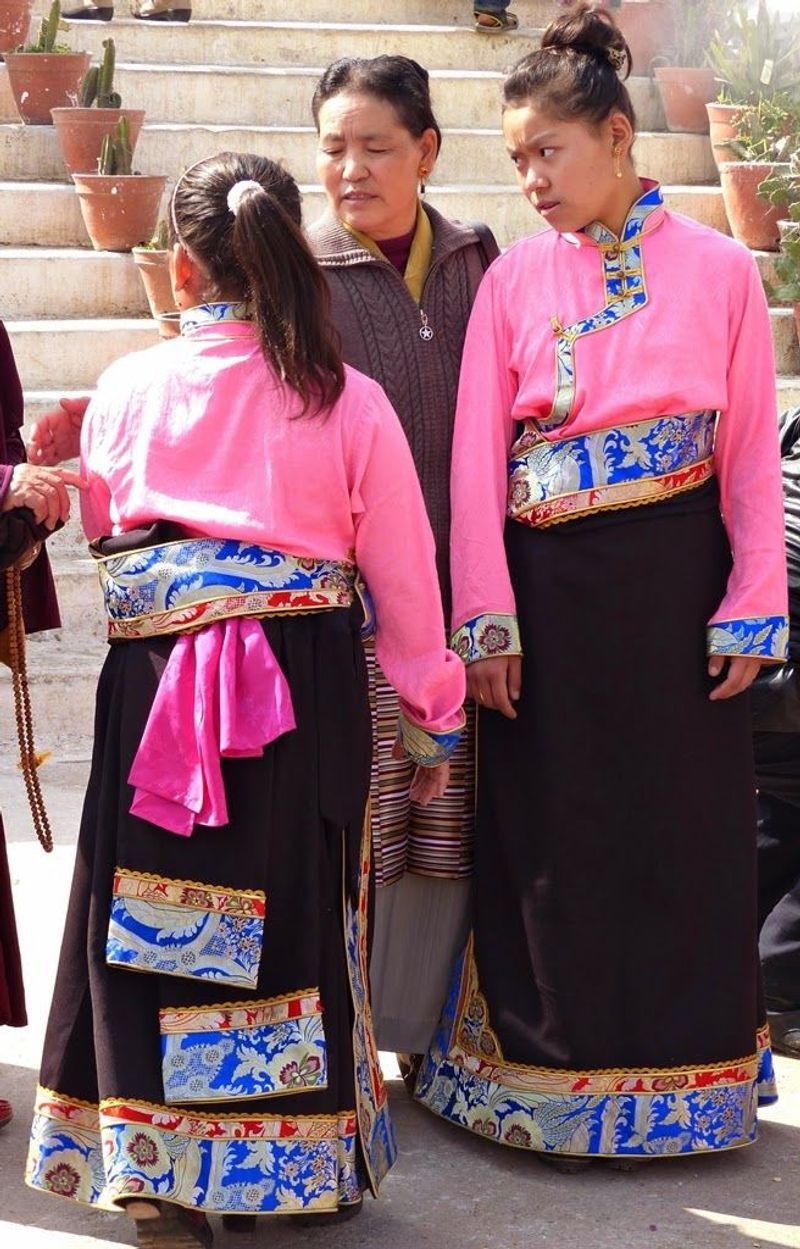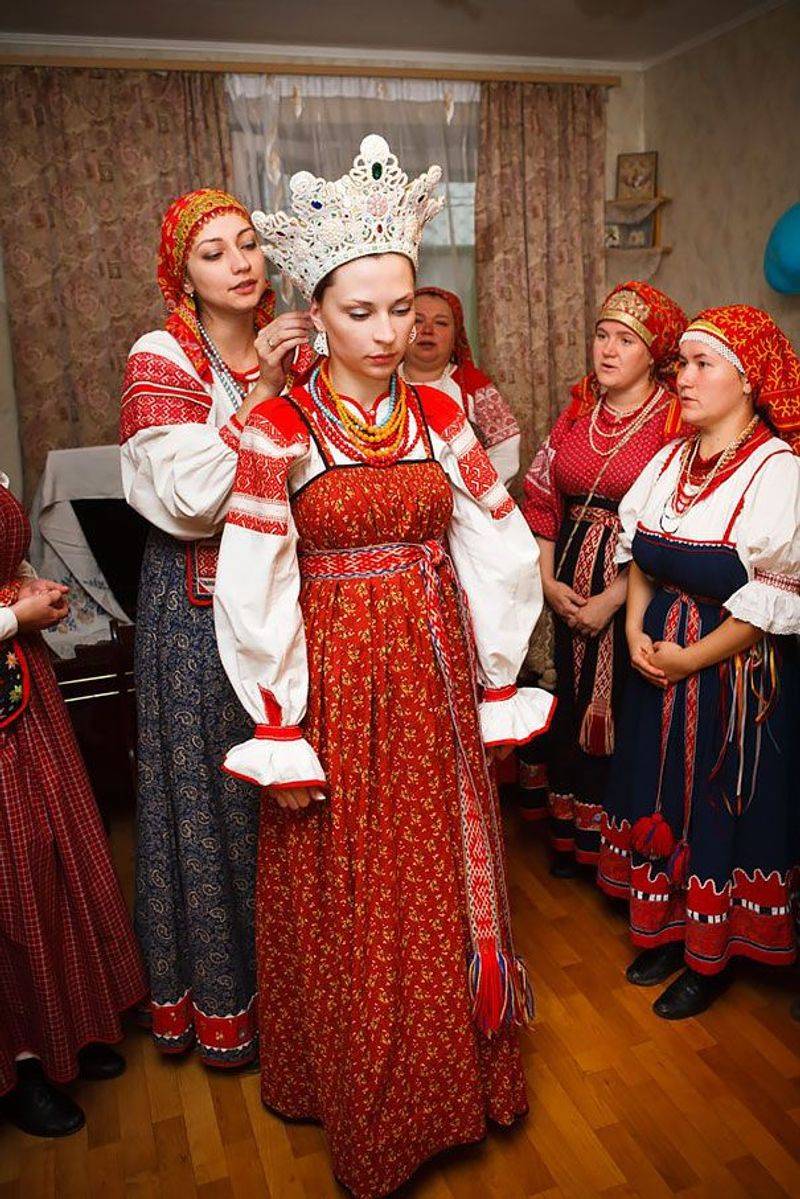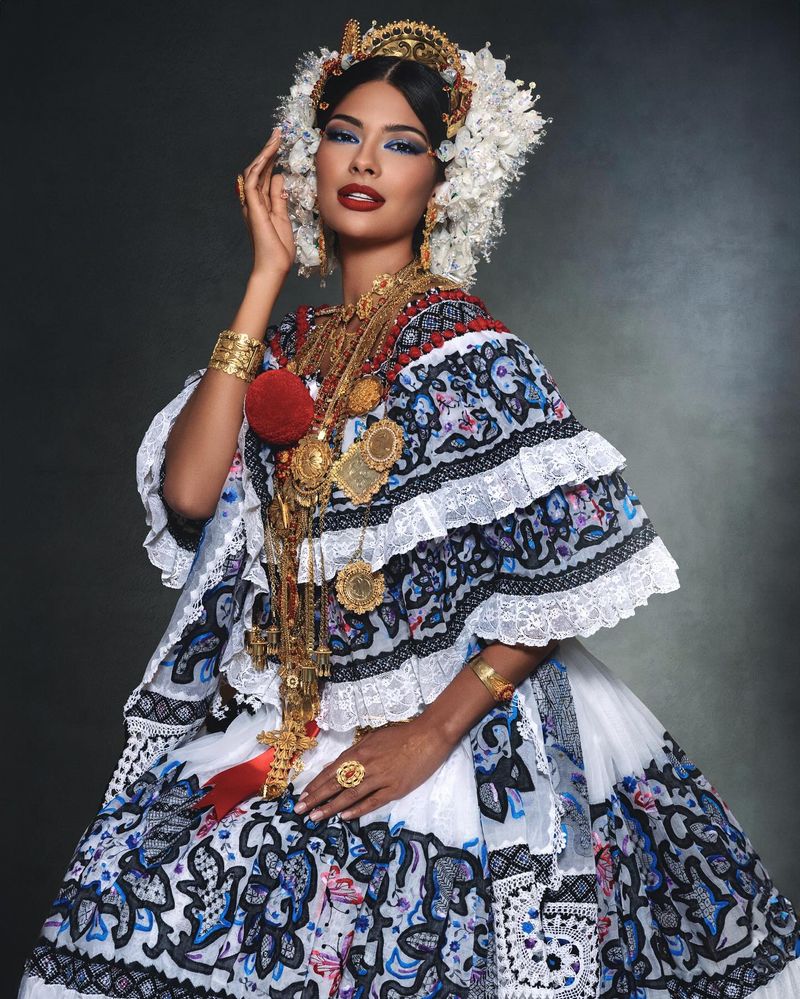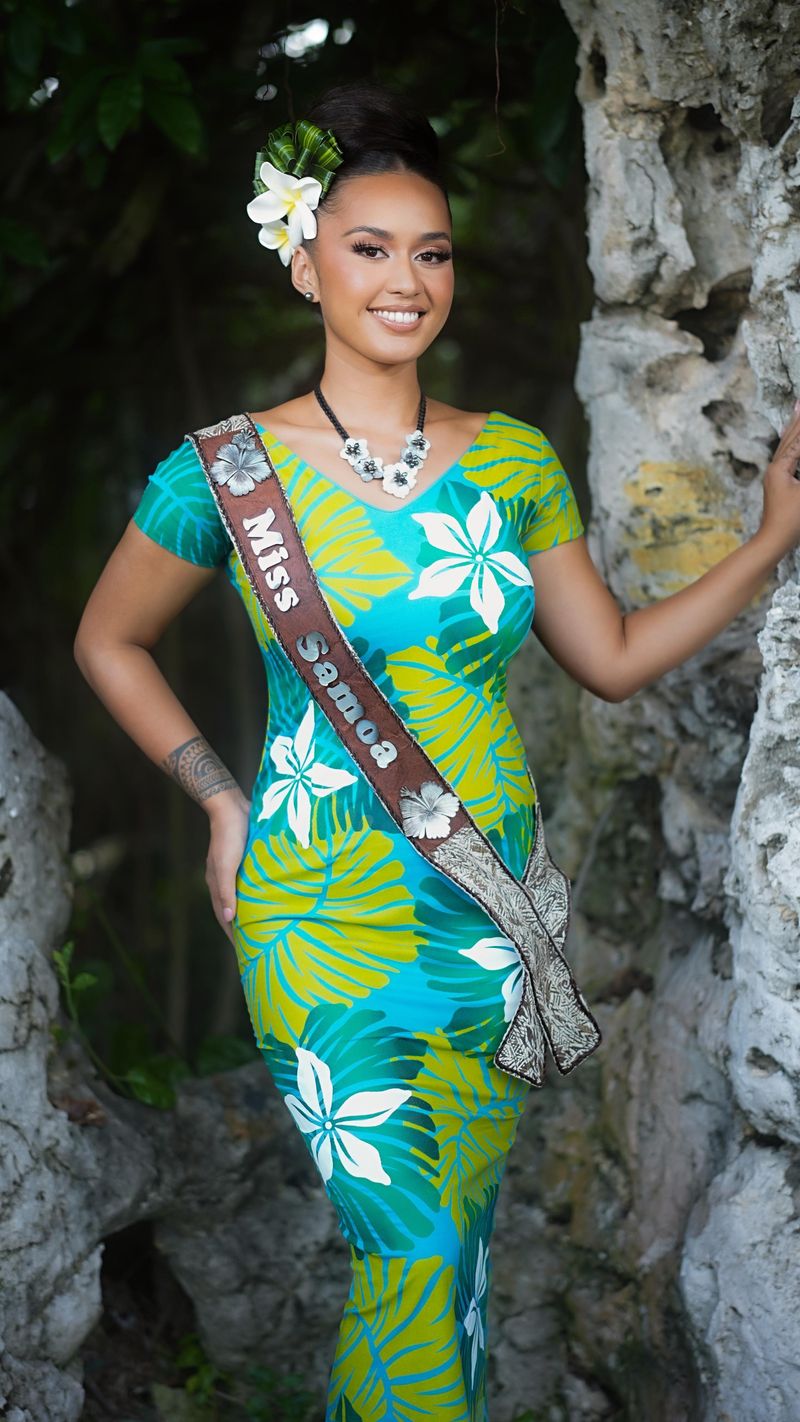20 Beautiful Traditional Clothing Styles Women Wear Across The Globe
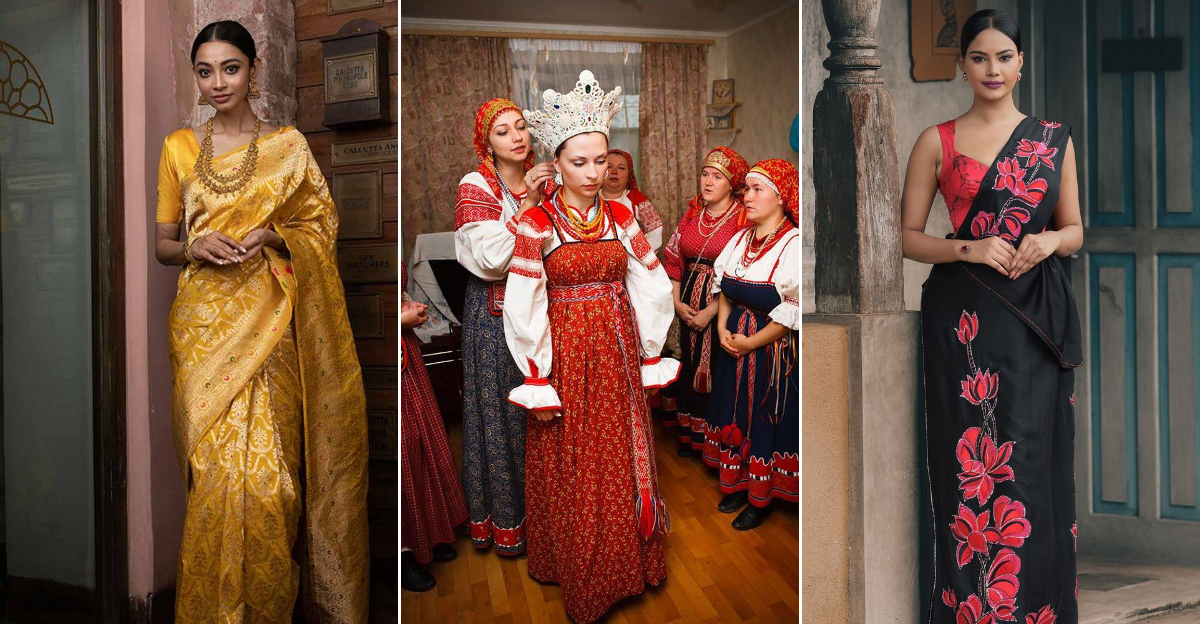
Fashion tells stories of culture, history, and identity across our diverse world.
Traditional clothing remains a powerful symbol of heritage even as modern styles dominate global wardrobes.
From the flowing silks of East Asia to the vibrant patterns of Africa, women’s traditional garments showcase incredible artistry and craftsmanship passed down through generations.
Join me as I share some of my favorite traditional women’s clothing styles that continue to inspire fashion lovers worldwide.
1. Japanese Kimono
Nothing captures Japan’s artistic soul quite like the kimono. I remember watching my host mother in Kyoto carefully wrap herself in layers of silk, each fold deliberate and meaningful. The T-shaped robe with its wide sleeves and straight lines seems simple at first glance, but reveals incredible complexity.
Authentic kimonos feature hand-painted or embroidered patterns that often reflect seasons or special occasions. Cherry blossoms for spring, maple leaves for autumn – nature’s rhythm expressed through fabric.
The obi sash wrapped around the waist completes the look, sometimes adding up to 15 pounds to the ensemble! Young unmarried women wear furisode kimonos with longer sleeves and brighter colors, while married women choose more subdued patterns. Each kimono tells a story about its wearer’s place in society.
2. Indian Sari
My first encounter with a sari left me in awe of how a single piece of unstitched fabric could create such elegance. Ranging from five to nine yards long, this draped wonder transforms with regional variations across India’s diverse states.
Women in Gujarat wrap it differently than those in Bengal or Kerala. The pallu (decorative end) drapes over the shoulder, sometimes covering the head in more conservative regions. What I find fascinating is how saris adapt to all occasions – cotton for everyday wear, silk for celebrations.
The craftsmanship in handwoven saris like Banarasi or Kanjivaram can take months to complete. Gold thread, intricate motifs, and jewel-toned colors make each piece a wearable masterpiece. Many families pass heirloom saris through generations, carrying stories and memories in every fold.
3. Korean Hanbok
Korean hanbok stole my heart with its perfect balance of structure and movement. The high-waisted skirt (chima) creates a bell-like silhouette that seems to float when walking, while the cropped jacket (jeogori) adds a tailored contrast.
Unmarried women traditionally wore vibrant colors and bold patterns, especially red and yellow combinations. After marriage, designs became more subdued with pastels and whites dominating. Modern hanboks maintain the traditional silhouette but experiment with contemporary fabrics and prints.
What surprised me most was learning about the symbolic meaning behind every element. The rainbow-striped sleeve bands (saekdong) represent harmony, while certain motifs bring good fortune. During Seollal (Korean New Year) and Chuseok (Harvest Festival), streets fill with families wearing hanbok, connecting present generations to their ancestors through clothing.
4. German Dirndl
Far from just an Oktoberfest costume, the authentic dirndl carries centuries of Alpine history. Growing up near Bavaria, I saw firsthand how this outfit evolved from practical farmworker attire to a beloved cultural symbol.
A proper dirndl consists of three main pieces: a bodice, blouse, and full skirt. The apron tied around the waist isn’t just decorative – its placement once signaled relationship status! Tied on the right meant available, left meant taken, center for virgins, and back for widows.
Regional variations showcase local identity through color preferences and embroidery patterns. In Upper Bavaria, rich blues dominate, while Austria’s Tyrol region favors forest greens. Modern dirndls range from everyday cotton versions to elaborate silk creations for special occasions. Despite contemporary adaptations, the silhouette remains recognizably tied to Alpine traditions.
5. Chinese Qipao (Cheongsam)
The qipao’s evolution from loose-fitting Manchu garment to figure-hugging icon fascinates me. This high-collared dress with its distinctive side slits wasn’t always the form-fitting silhouette we recognize today – 1920s Shanghai transformed it into a symbol of modern Chinese womanhood.
Silk remains the classic choice, though modern versions come in countless fabrics. Traditional qipaos feature intricate embroidery – peonies for prosperity, phoenixes for luck, or dragons for power. The handcrafted buttons, often shaped like flower buds or coins, add another layer of artistry.
Unlike many traditional garments, the qipao has successfully maintained relevance in contemporary wardrobes. Brides wear red versions for wedding tea ceremonies, while shorter, more practical adaptations appear in business settings. The qipao’s elegant silhouette continues inspiring global fashion designers, proving traditional clothing can evolve without losing its cultural essence.
6. Middle Eastern Abaya
My journey through the Gulf states revealed the abaya’s remarkable diversity. This flowing black robe, worn over everyday clothes, varies dramatically between regions and generations. Far from the plain garment outsiders might imagine, modern abayas showcase incredible creativity within religious guidelines.
Saudi designs often feature subtle embellishments at sleeves and hemlines, while UAE abayas incorporate bold architectural elements and contemporary silhouettes. The fabric quality speaks volumes – lightweight crepes for scorching summers, luxurious silk blends for special occasions.
Young designers are revolutionizing this traditional garment with asymmetrical cuts, color accents, and innovative draping techniques. What touched me most was seeing how women personalize their abayas to express individuality while honoring cultural values. The matching shayla (headscarf) completes the ensemble, often styled differently according to personal preference and local customs.
7. Moroccan Kaftan
Royal weddings introduced me to the majesty of Moroccan kaftans – those floor-length robes that blend Arabic, Andalusian, and Berber influences into something uniquely Moroccan. Unlike the loose kaftan styles found elsewhere, Morocco’s version fits closer to the body, especially around the waist.
The craftsmanship takes my breath away every time. Skilled artisans spend months creating the signature embroidery (sfifa) and button closures (akaad) using gold and silver threads. Fabrics range from sumptuous velvets for winter to lightweight silks for summer celebrations.
Color choices follow meaningful traditions – blue wards off evil, green honors Islam, while white symbolizes purity. Brides traditionally change kaftans multiple times during their wedding celebration, showcasing family wealth and regional craftsmanship. What makes these garments truly special is how they’re passed down through generations, becoming living heirlooms carrying family stories.
8. Nigerian Ankara Wrapper Set
The energy of Lagos markets first introduced me to ankara fabric – those bold, geometric prints in eye-popping colors that form the backbone of Nigerian women’s traditional dress. The classic wrapper set consists of three matching pieces: a rectangular cloth wrapped as a skirt, a blouse (buba), and a second wrapper draped over one shoulder.
What makes ankara special isn’t just the patterns but how women transform the fabric. The same print becomes completely different outfits depending on the tailor’s creativity and the wearer’s regional background. Yoruba women might prefer elaborate gele headwraps, while northern styles incorporate more modest cuts.
Special occasions demand the full ensemble with matching accessories and gele tied in architectural styles that defy gravity. The fabric itself tells stories – some patterns commemorate events or carry hidden meanings understood by community members. Modern Nigerian designers continue reinventing wrapper styles for younger generations.
9. Ghanaian Kente Cloth Ensemble
My first glimpse of kente cloth during a Ghanaian independence celebration left me stunned by its mathematical precision. Originally worn exclusively by Ashanti royalty, these handwoven strips with their intricate patterns require extraordinary skill to create.
Women traditionally wear kente as a two-piece outfit – a cloth wrapped around the waist as a skirt and another draped over the shoulder. Each geometric pattern and color combination carries specific meanings. Yellow represents fertility, blue symbolizes peace, while red signifies political passion.
Master weavers name their patterns after proverbs, historical events, or important people. The “Obaakofoo Mmu Man” pattern (one person doesn’t rule a nation) promotes democratic values. What fascinates me most is how kente has become a pan-African symbol while maintaining its Ghanaian identity. During graduation ceremonies across America, kente stoles honor African heritage and academic achievement simultaneously.
10. Bhutanese Kira
Hidden in the Himalayan kingdom of Bhutan, the kira represents one of the world’s most preserved clothing traditions. I was fortunate to witness how Bhutanese women still wear this national dress daily – not just for special occasions.
The rectangular piece of cloth wraps around the body, secured at shoulders with silver brooches called koma, and cinched at the waist with a belt. Underneath, women wear a long-sleeved blouse (wonju) visible at the collar and cuffs. The most striking kiras feature patterns created through an intricate technique called kushutara – complex supplementary weft weaving.
Social status determines the fabric quality and pattern complexity. Royal family members wear designs with golden threads and Buddhist symbols, while everyday kiras use simpler cotton weaves. What impressed me most was learning that Bhutanese schoolgirls and government employees must wear the kira as part of national dress regulations, ensuring this tradition continues into future generations.
11. Vietnamese Ao Dai
Floating through Ho Chi Minh City’s streets, I couldn’t help noticing how the ao dai creates such graceful silhouettes. This iconic Vietnamese garment combines fitted tunic tops with flowing pants in a perfect harmony of modesty and elegance.
The high-necked, form-fitting tunic features side slits extending from waist to hem, allowing freedom of movement while maintaining coverage. Traditionally, white symbolizes purity for schoolgirls, while married women choose richer hues. Fabrics range from everyday cotton to luxurious silk brocades for special occasions.
Modern designers have reimagined the ao dai with contemporary cuts and fabrics while preserving its distinctive profile. What touched me most was seeing how Vietnamese women abroad wear ao dai for community celebrations, maintaining cultural connections across oceans. The garment serves as both everyday wear and ceremonial costume, adapting to Vietnam’s changing society while honoring its historical roots.
12. Guatemalan Huipil and Corte
Walking through highland markets in Guatemala, I discovered that huipils are more than beautiful garments – they’re wearable identity cards. Each rectangular blouse features patterns specific to the wearer’s community, allowing Mayan women to recognize each other’s hometown at a glance.
Paired with a wrapped skirt (corte), the hand-woven cotton ensemble requires weeks of meticulous backstrap loom work. Geometric patterns and bird motifs connect wearers to ancient Mayan cosmology, while specific color combinations indicate marital status and social position.
Modern Maya women often blend traditional huipils with contemporary clothing, especially in urban areas. What struck me most was how these garments maintain cultural resilience – during Guatemala’s civil war, wearing distinctive huipils became dangerous as indigenous communities faced persecution. Today, younger generations proudly reclaim these textiles as symbols of Maya identity and artistic heritage.
13. Sami Gákti
Arctic journeys introduced me to the Sami gákti – perhaps Europe’s most colorful indigenous clothing tradition. The Indigenous Sami people of northern Scandinavia developed these wool outfits for harsh polar environments, combining practicality with stunning artistry.
Women’s gákti typically feature pleated dresses with distinctive square necklines, though styles vary between regions. The bright blue, red, yellow, and green color combinations might seem surprising for Arctic people until you understand how they brighten the long polar nights.
Silver jewelry and reindeer leather accessories complete the ensemble, often incorporating ancient symbols connected to pre-Christian beliefs. I was fascinated to learn how specific bands of color and ribbon placement indicate which Sami community the wearer belongs to – a visual language understood across national borders. Though once suppressed during forced assimilation periods, younger Sami generations now proudly wear gákti for celebrations and political gatherings as symbols of cultural resilience.
14. Mexican Puebla Dress
The streets of Puebla introduced me to this iconic Mexican dress that combines indigenous and Spanish colonial influences. Often called a “Mexican wedding dress” by tourists, the traditional outfit consists of a white cotton blouse and skirt adorned with vibrant floral embroidery.
Artisans in Puebla have perfected the distinctive style of embroidery called “China Poblana” that decorates the skirt hem and blouse neckline. The intricate flowers in rainbow colors stand out dramatically against the white background. Some versions incorporate sequins and beading for special occasions.
During regional festivals, women add matching rebozos (shawls) and floral headdresses. What makes this dress special is how it symbolizes Mexican mestizaje – the blending of European and indigenous heritage into something uniquely Mexican. The Puebla dress has become a national symbol, appearing in everything from tourist souvenirs to high fashion collections inspired by Mexican artistic traditions.
15. Sri Lankan Osaria
My travels through Sri Lanka revealed the osaria (also called osari or Kandyan saree) – a distinctive draping style that sets it apart from Indian sari traditions. The pleated front and cross-body drape create a silhouette immediately recognizable as uniquely Sri Lankan.
Traditional osarias use handloom cotton or silk in vibrant jewel tones. The pota (pleated front piece) requires careful arrangement to achieve the perfect fall, while the remaining fabric drapes across the body and over one shoulder. Unlike the Indian sari, the Sri Lankan style typically includes a fitted jacket rather than a blouse.
Special occasions call for the formal Kandyan osaria with its elaborate pleating and rich fabrics. School uniforms and airline attendants often incorporate simplified white osarias, maintaining cultural heritage in professional settings. What impressed me most was seeing how this traditional garment remains relevant across generations, with contemporary designers creating modern interpretations that honor its distinctive silhouette.
16. Malaysian Baju Kurung
Wandering through Kuala Lumpur, I quickly noticed the baju kurung’s gentle elegance. This modest two-piece outfit consists of a loose-fitting, knee-length top with a round neckline and a matching long skirt (sarong).
Traditional versions use songket fabric – hand-woven cotton or silk with intricate metallic thread patterns. The Kedah-style features straighter cuts, while the Johor-style includes more gathering at the chest. What makes baju kurung special is its ability to transcend Malaysia’s diverse cultural backgrounds – worn by Malay, Chinese, and Indian Malaysians alike.
Modern adaptations maintain the silhouette while experimenting with contemporary fabrics and patterns. Many Malaysian schools incorporate baju kurung as female uniforms, ensuring cultural continuity. During Hari Raya celebrations, families often wear color-coordinated sets, creating stunning visual harmony. The garment perfectly balances religious modesty requirements with comfort for Malaysia’s tropical climate.
17. Tibetan Chuba
High in the Himalayas, I discovered how the Tibetan chuba perfectly adapts to extreme mountain conditions. This ankle-length robe with its distinctive wraparound style creates a pocket-like space at the front (ambag) that traditionally carried everything from daily necessities to small children!
Women’s chubas typically come in dark colors with vibrant striped aprons (pangden) indicating married status. The long sleeves extend well beyond the hands for additional warmth, while the voluminous cut allows for multiple layers underneath. Nomadic Tibetans choose sheep or yak wool versions, while urban dwellers prefer silk brocades for special occasions.
Heavy silver jewelry and coral-adorned headdresses complete traditional ensembles. Despite Chinese restrictions on cultural expression, Tibetan communities worldwide maintain chuba traditions during Losar (New Year) celebrations. What touched me most was seeing how this practical garment carries profound cultural significance for Tibetans in exile, connecting displaced communities to their homeland.
18. Russian Sarafan
Winter festivals in rural Russia introduced me to the sarafan – a sleeveless jumper dress that formed the foundation of traditional Russian women’s clothing for centuries. This A-line pinafore worn over a long-sleeved embroidered blouse creates a distinctively Russian silhouette.
Wealthy women chose brocade or silk sarafans in jewel tones, while peasants wore everyday versions in linen or cotton with simple embroidery. Regional variations abound – northern styles feature more reserved decoration, while southern versions incorporate vibrant colors and elaborate patterns. The outfit typically includes a kokoshnik headdress for special occasions.
Historical sarafans used buttons made from semi-precious stones or intricate metalwork, showcasing the wearer’s status. Though rarely worn in daily life today, folk dance ensembles and cultural celebrations keep the tradition alive. What fascinated me most was discovering how pre-revolutionary Russian painters like Konstantin Makovsky immortalized the sarafan as a symbol of Russian feminine identity.
19. Panamanian Pollera
Carnival celebrations in Panama City revealed the pollera – possibly the most elaborate traditional dress I’ve encountered in Latin America. This Spanish-influenced masterpiece evolved into a uniquely Panamanian symbol of national pride and artistry.
The white cotton or linen dress features two distinct parts: a square-necked blouse with embroidered bodice and voluminous skirt adorned with intricate handwork. The most formal polleras (pollera de gala) incorporate months of handmade lace, embroidery, and smocking techniques passed down through generations.
Gold jewelry completes the ensemble – tembleques (headdress pins) that gently sway with movement, massive earrings, and multiple necklaces including the distinctive chacara made from gold coins. What amazed me was learning that a complete pollera ensemble can cost thousands of dollars and weigh over 40 pounds! Despite this, Panamanian women proudly invest in these heirloom garments for the annual Thousand Polleras Parade.
20. Samoan Puletasi
Island hopping through Samoa introduced me to the puletasi – a two-piece outfit that perfectly balances modesty with tropical practicality. The ensemble consists of a tunic top worn over a matching ankle-length lavalava (wrapped skirt).
Traditional puletasis feature vibrant floral prints in bold colors that reflect Samoa’s lush landscape. For formal occasions like church services, women choose more subdued colors and add hand-printed designs. What makes these garments special is the elei (traditional stamping) technique using natural pigments and hand-carved stencils made from banana leaves or breadfruit.
Modern versions incorporate contemporary fabrics while maintaining the distinctive silhouette. During important ceremonies, women add a ‘ie toga (fine mat) worn over one shoulder and a headdress made from human hair for those of high rank. Despite Western influence, the puletasi remains central to Samoan identity – worn by everyone from village elders to government officials during cultural events.

